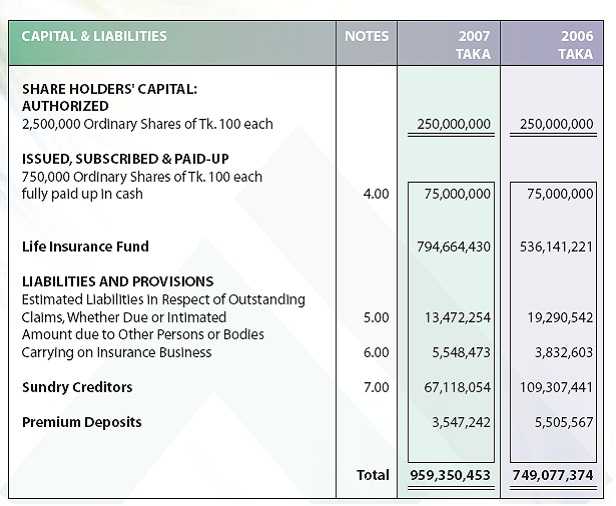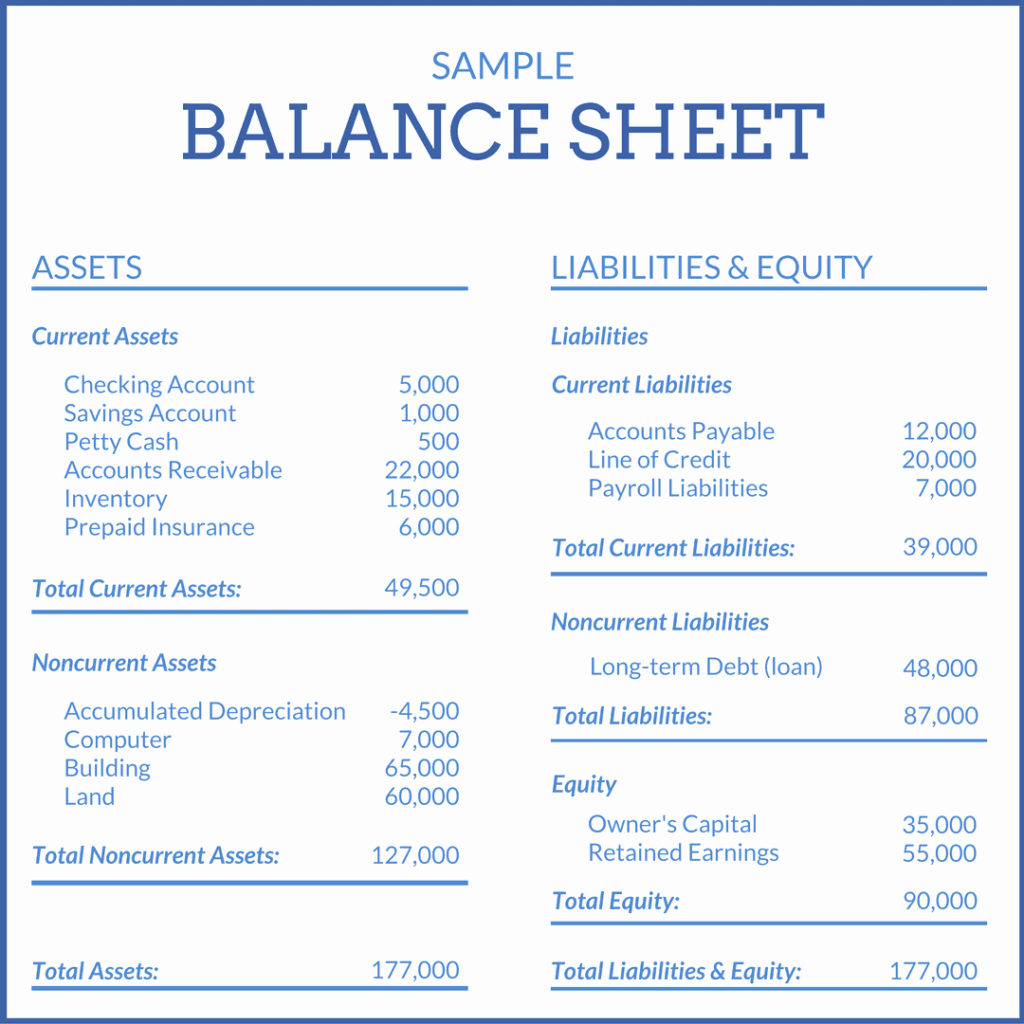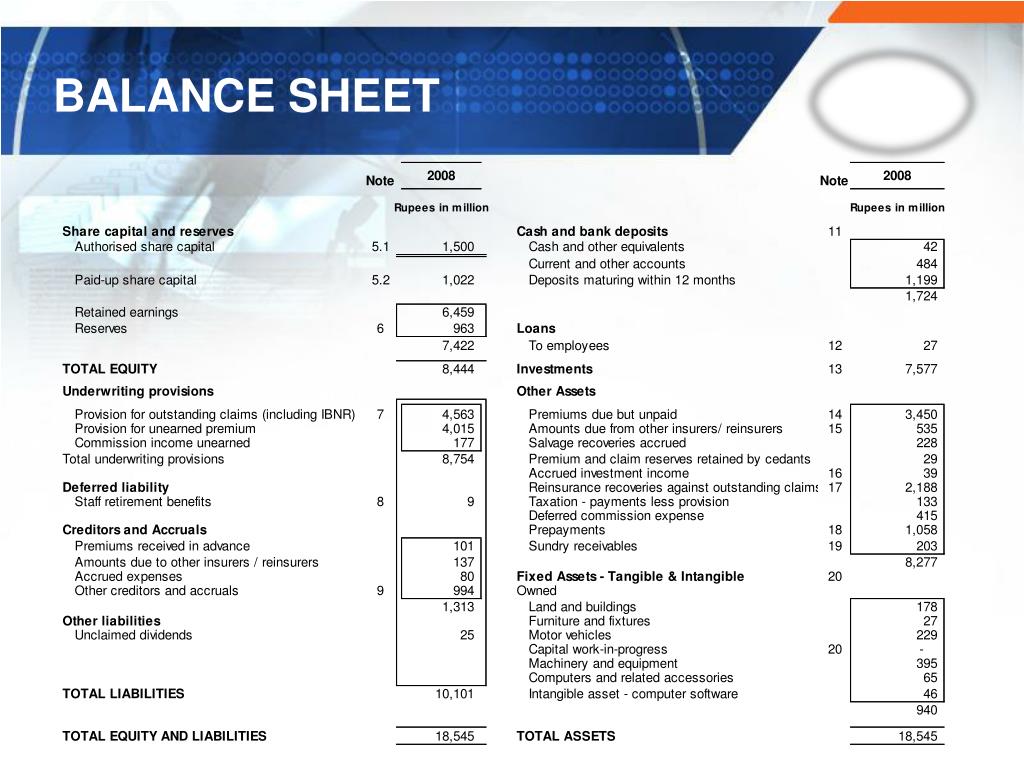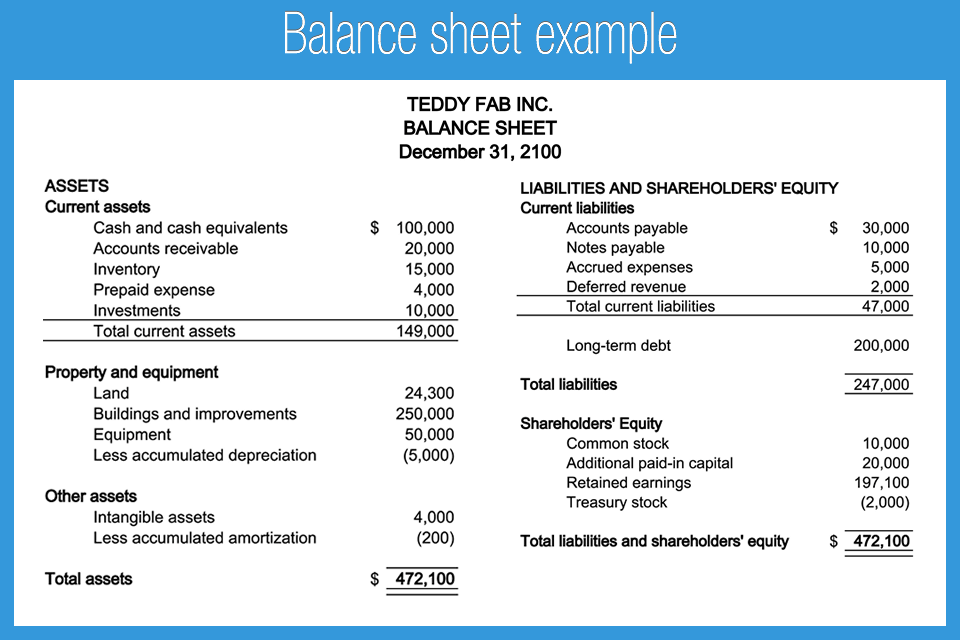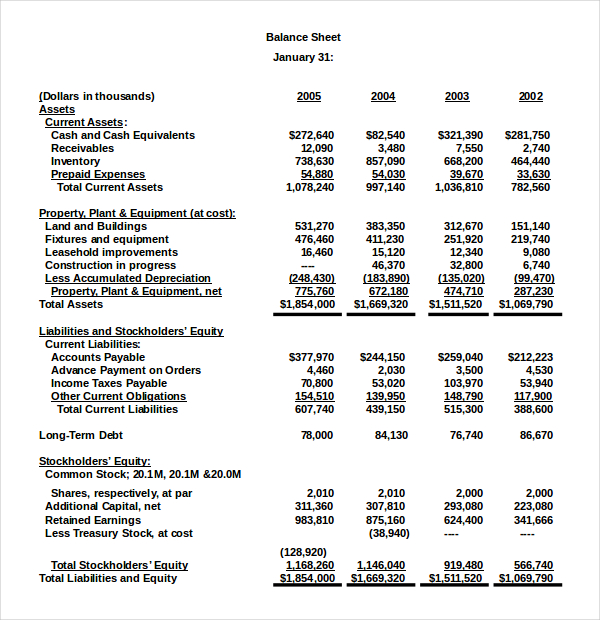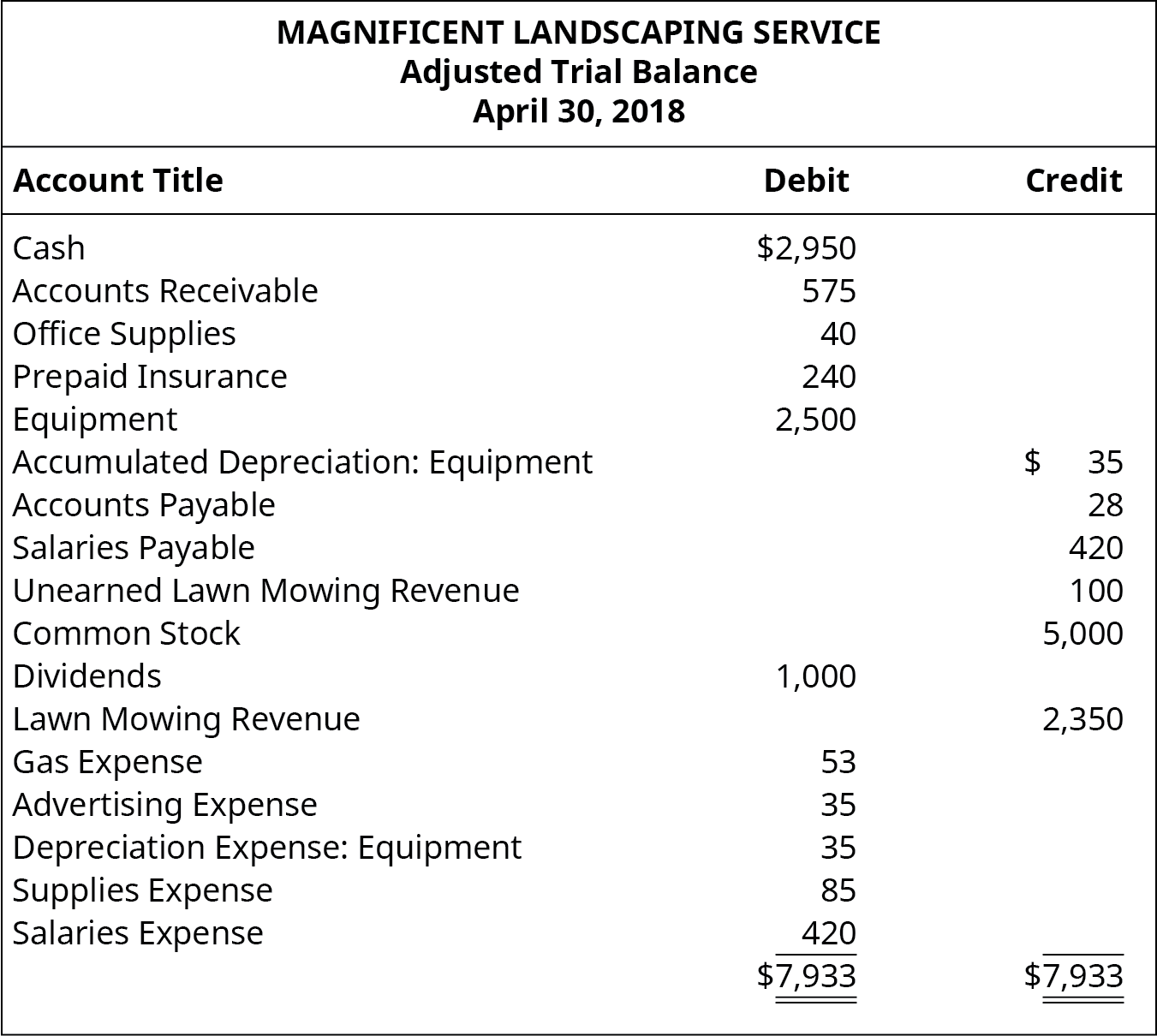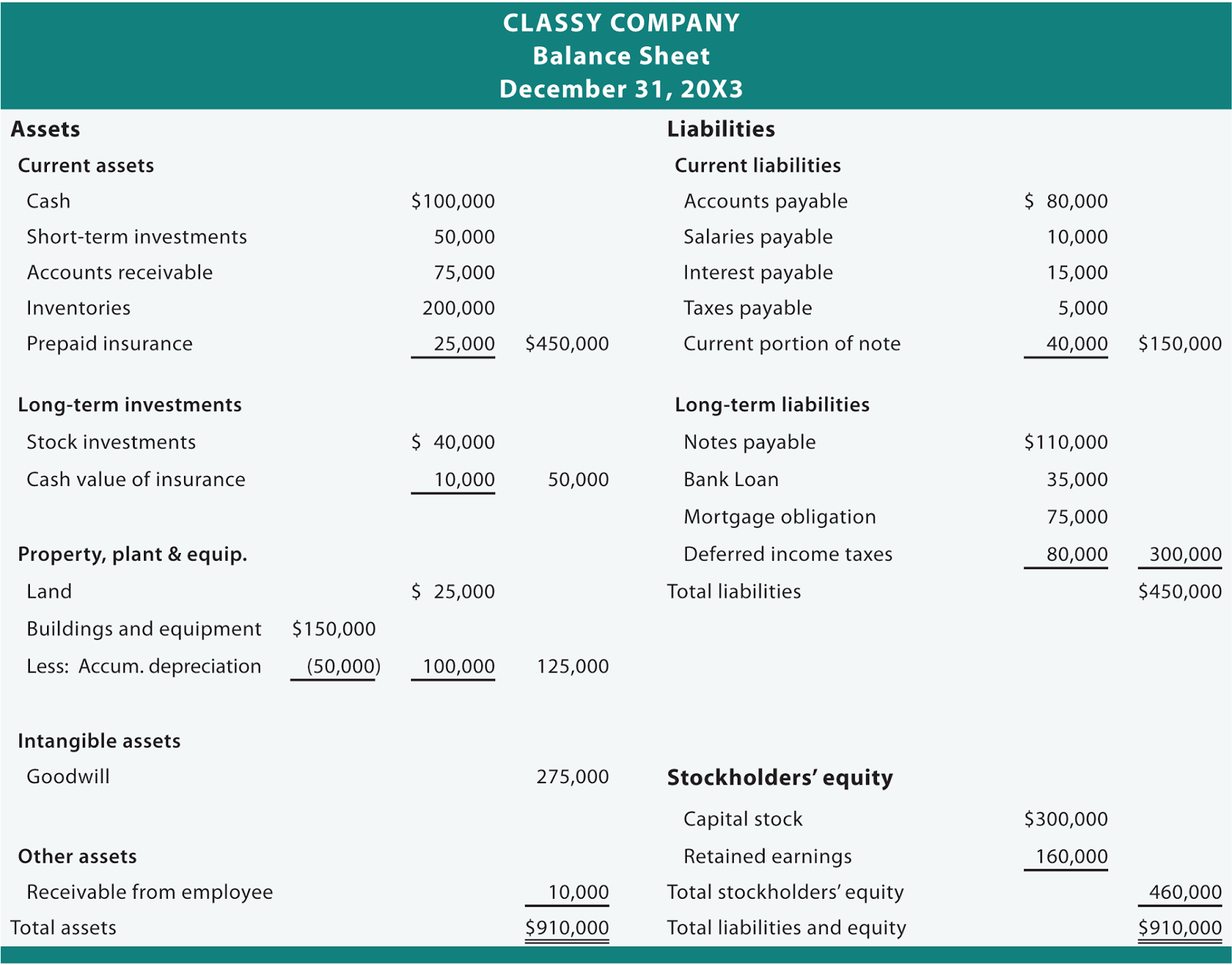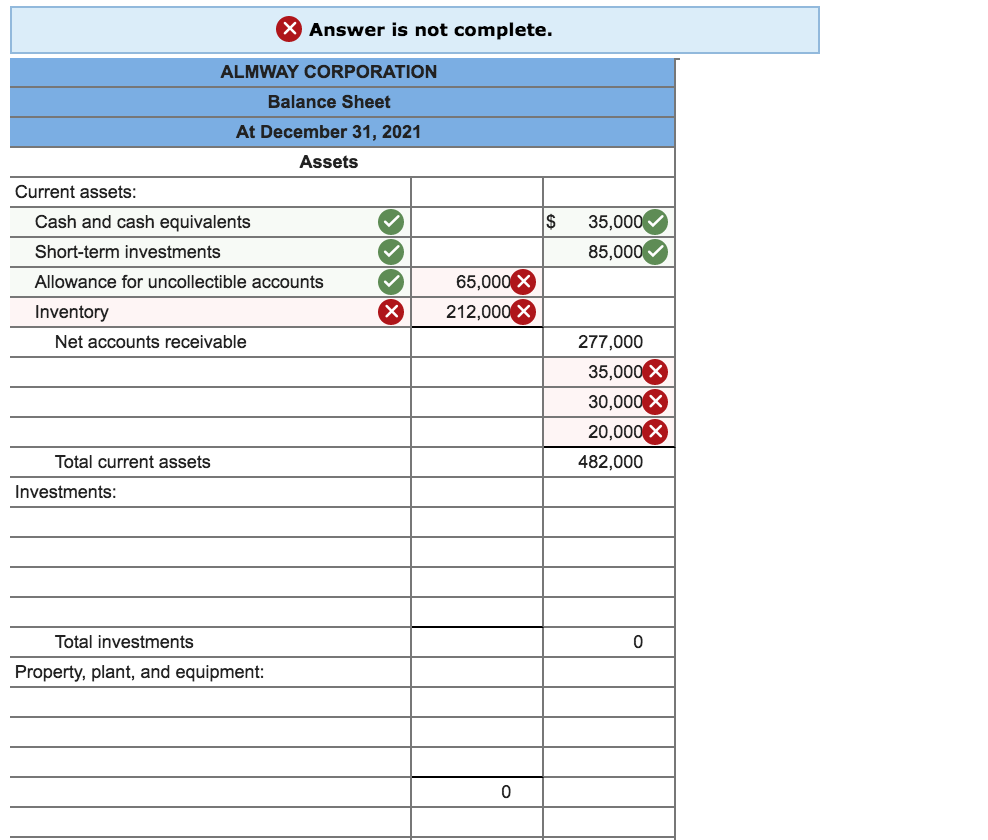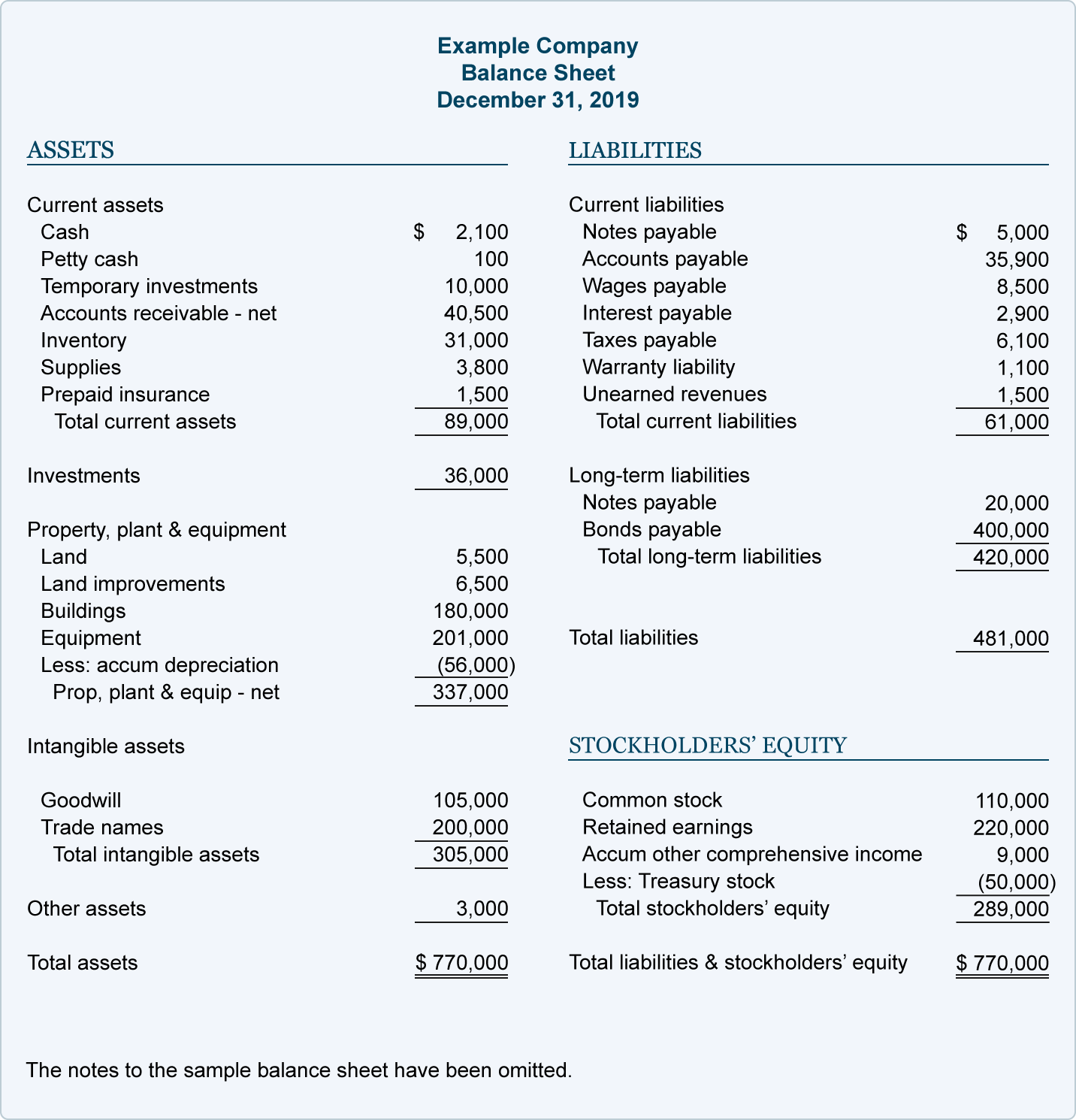Impressive Info About Bills Receivable In Balance Sheet Insurance Company Format
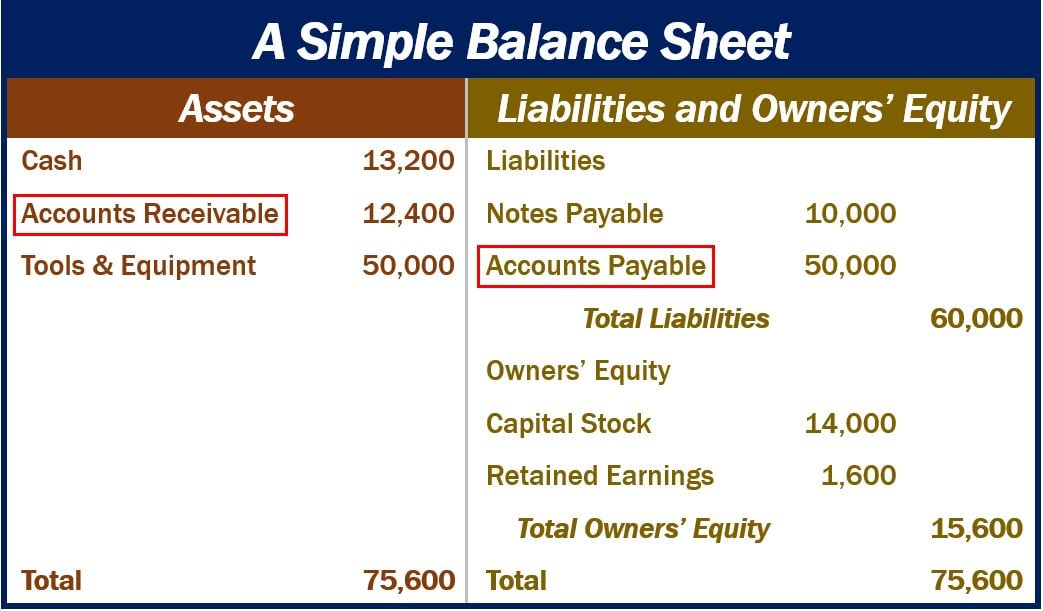
What is balance sheet, how to prepare balance sheet, components of balance sheet, consolidated balance sheet, common size balance sheet.
Bills receivable in balance sheet insurance company balance sheet format. The balance sheet, also called the statement of financial position, is the third general purpose financial statement prepared during the accounting. Ascertainment of bills receivable and bills payable. Format of the balance sheet.
The balance sheet is based on the fundamental equation: What is a balance sheet? Bills receivable is a legal contract between the vendor and customer, compelling the customer to make payment on or before the mentioned date.
Short term bills receivable are due within one year from the balance sheet date and classified under current assets in the balance sheet, long term bills receivable have terms exceeding one year and are. The balance sheet is a statement showing the total assets, total liabilities and the capital of the business. As per schedule iii of the companies act,.
Highlights and major changes introduced in schedule iii. It can also be referred to as a statement of net worth or a statement of financial position. It shows the financial position of the business on the last.
Largely, accounts receivables are divided into the following: To find out the figure of the bills received during the year, we prepare bill’s receivable account. Bills receivable on the balance sheet.
Also, to find out the. Source of funds and application of funds. Every insurance company has to prepare.
The balance sheet, one of the core financial statements, provides a snapshot of a company’s assets, liabilities and shareholders’ equity at a specific point in time. Assets = liabilities + equity the above equation means that at any point in time, a business’s assets should be equal to. Included on this page, you'll find many helpful balance sheet templates, such as a basic balance sheet template, a pro forma balance sheet template, a monthly.
Classification of accounts receivables in the balance sheet. It is based on a fundamental accounting equation which is; Assets = liabilities + equity.
General instructions for preparation of.
